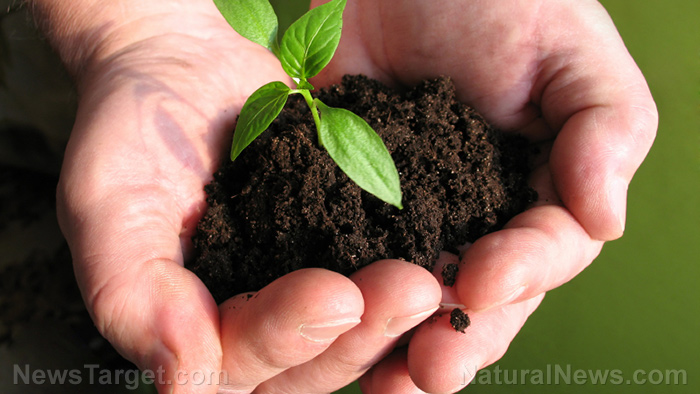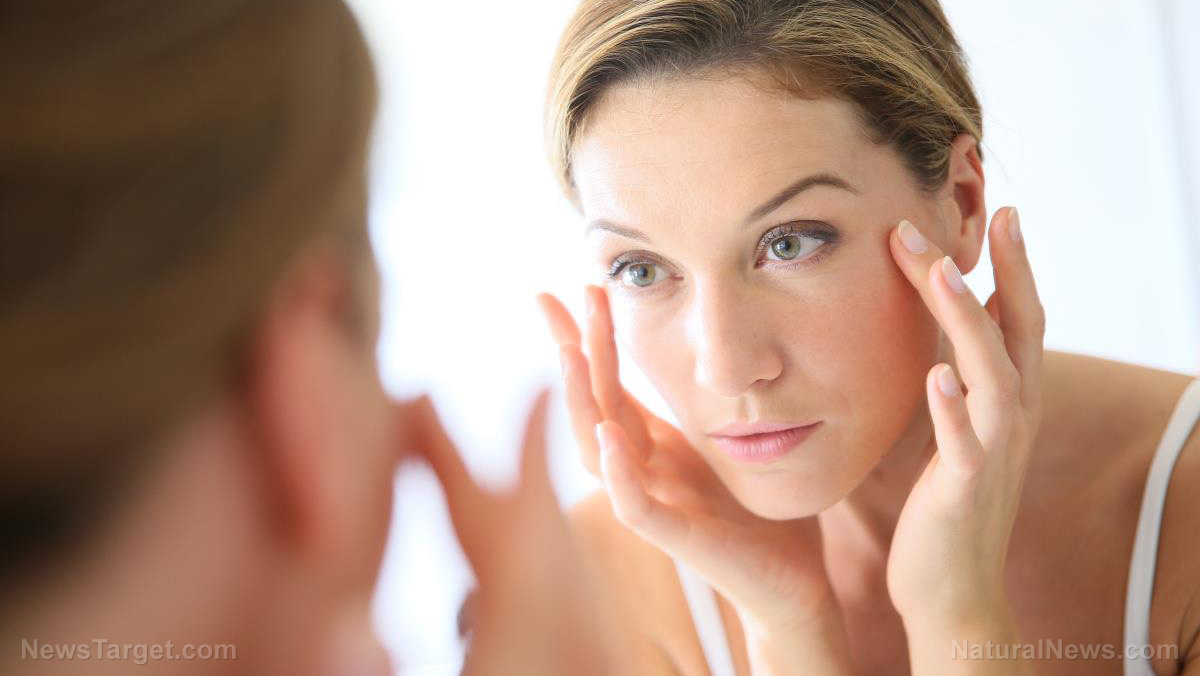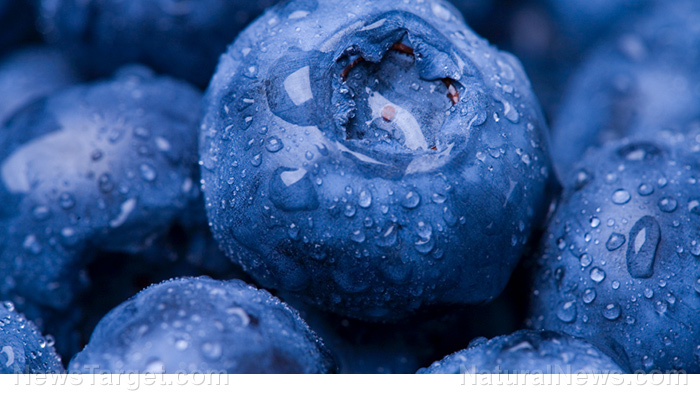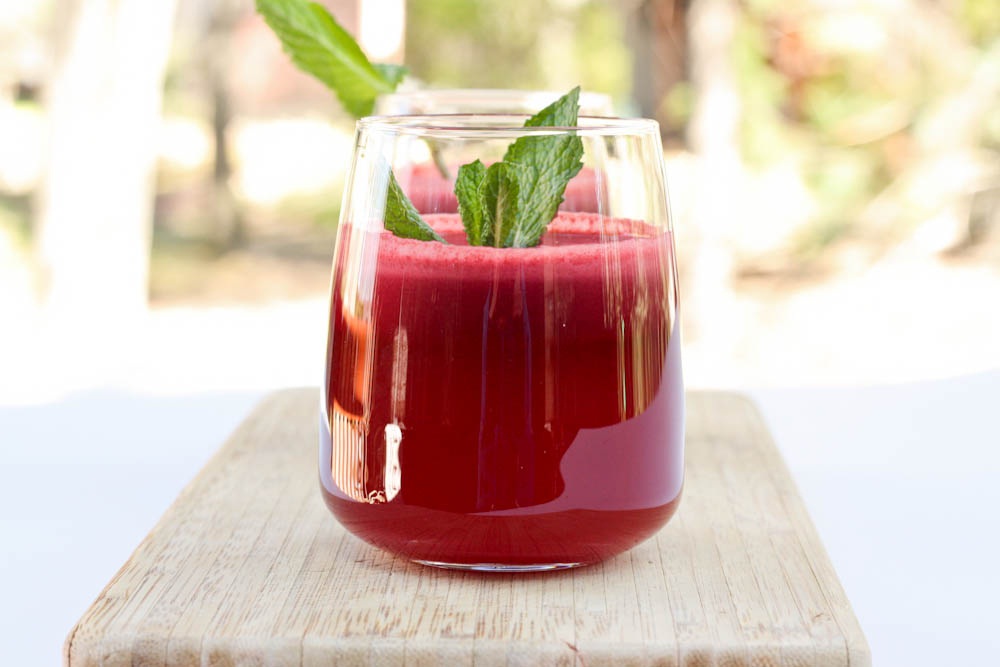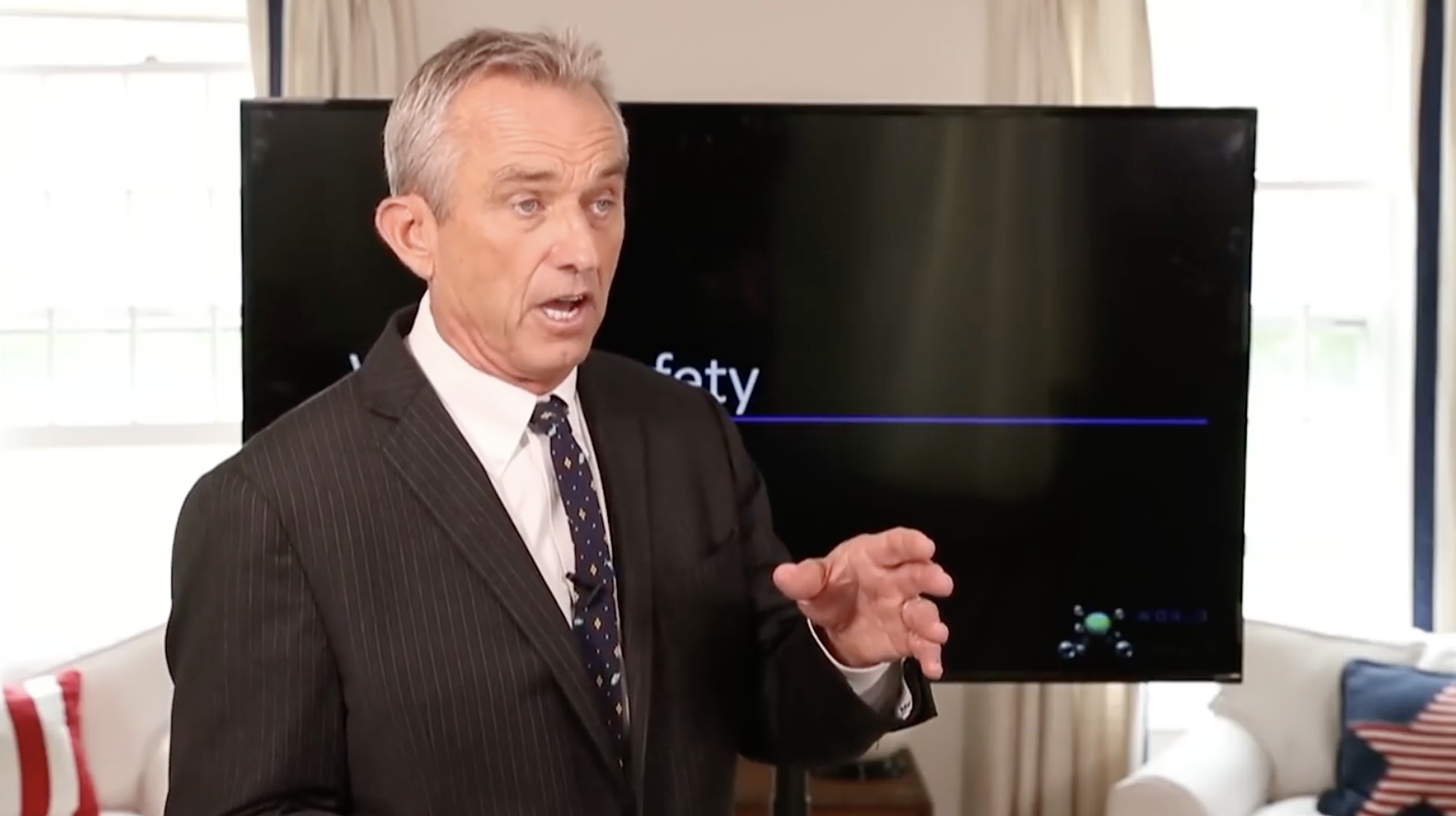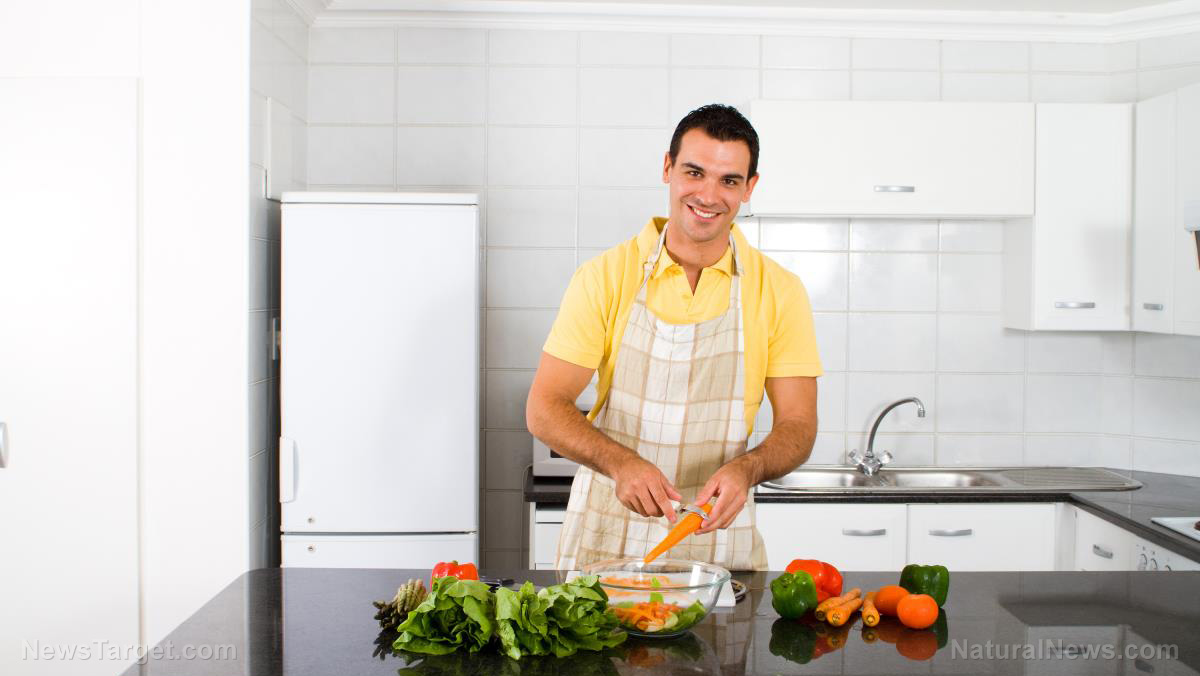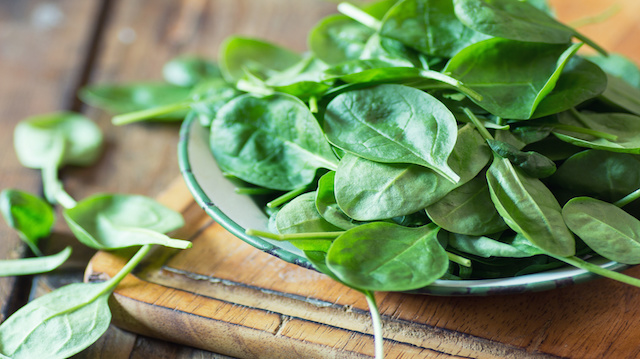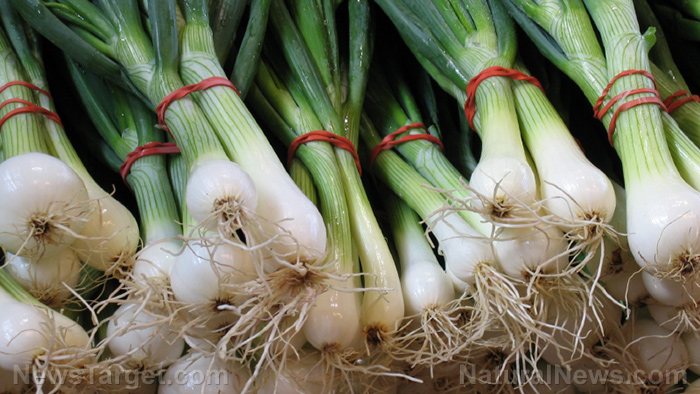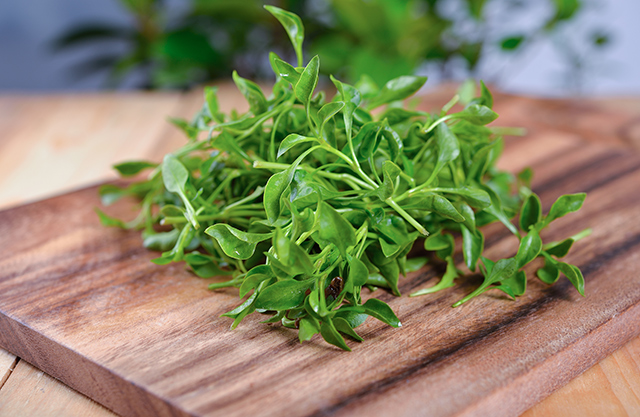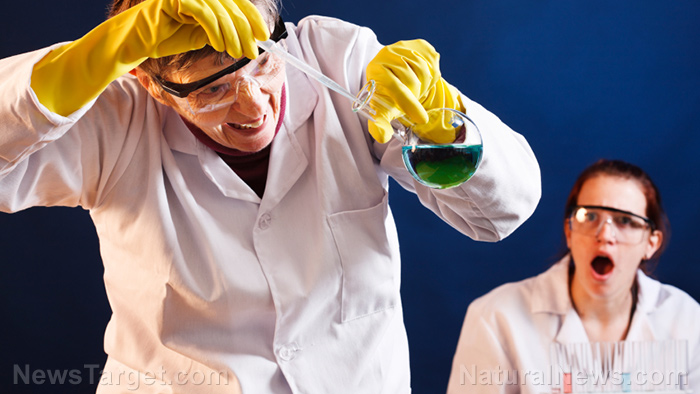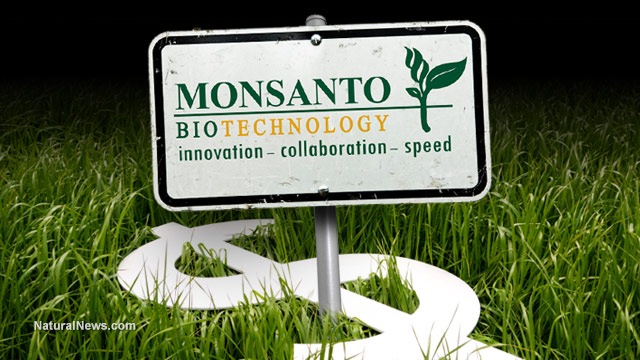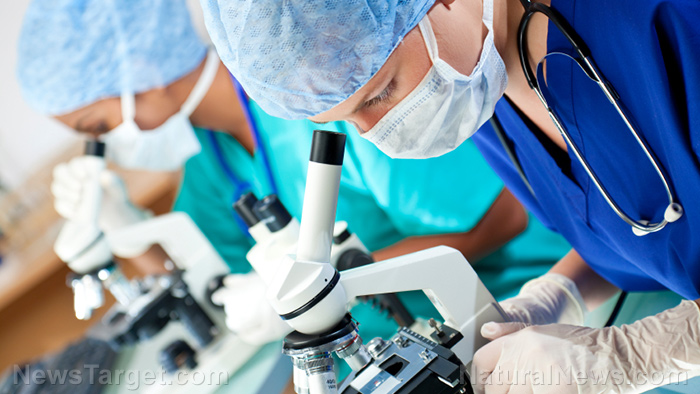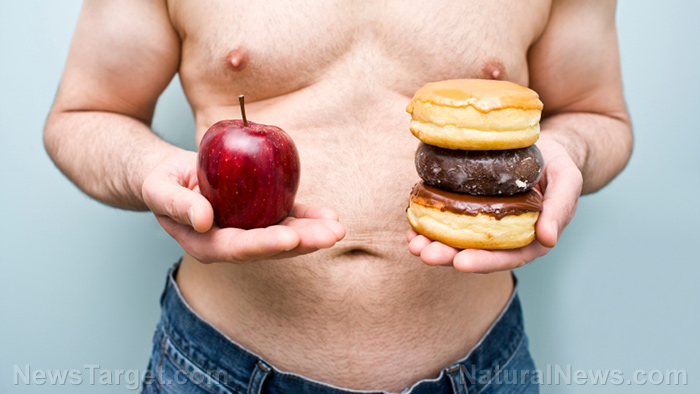Aside from having to adjust to an environment that’s vastly different from Earth’s, future explorers will have to learn how to grow their own food so they can have access to vegetables while they’re exploring space.
However, this isn’t as easy as cultivating a garden in your backyard. In space, astronauts will have to deal with the lack of gravity, sunlight, and wind, a factor that’s not a problem for landbound individuals.
To address this concern, the National Aeronautics and Space Administration (NASA) has lent a hand to help the next generation of explorers learn how to tend a garden in space. This skill is crucial since young explorers will have to know how to grow their own food, especially if they’re going on expeditions that may last for several months or years. NASA has enlisted the help of professional botanists and novice gardeners to develop space-ready gardening techniques.
Astronauts also need access to fresh produce as nutrients, such as vitamins C and K, will break down in freeze-dried foods. If they don’t consume nutrient-rich foods, astronauts can suffer from health problems like cancer, heart disease, infections, and poor blood clotting.
Dr. Carl Lewis, the director of the Fairchild Tropical Botanic Garden who’s also spearheading the space gardening project, said that because there’s a vast number of plants, it can be hard to determine which ones are suitable for food production in space.
So far, Dr. Lewis’ botanic garden has identified 106 plant varieties that can grow well in space. The list includes cabbages and lettuces.
Fairchild Tropical Botanic Garden is working with 15,000 student botanists from 150 different schools. The students will try to cultivate plants in conditions that mimic space. They’ll plant vegetables in their classrooms using trays rigged with lights that simulate “grow boxes” used in space. The students involved in the project will take care of the plants and record data on their progress, which will then be shared with NASA. (Related: Greenhouse of the Future is the perfect structure for hosting Food Rising Mini-Farm Grow Boxes.)
Rhys Campo, a 17-year-old high school student who’s growing red romaine lettuce, shared that they’re using set-ups that are more advanced than the usual gardening equipment.
The students sometimes encounter variables, such as overwatering and different classroom temperatures. However, NASA plant scientist Gioia Massa remains hopeful. She noted, “If you have a plant that does well in all that variability, chances are that plant will do well in space.”
The four-year project, which has funding worth $1.24 million from NASA, is almost 50 percent done.
Veggie grow boxes
Astronauts in the International Space Station (ISS) are also facing some gardening obstacles while in orbit.
Veggie, the first portable grow box for space that features LED lights, was tested at the ISS in 2014. While some of the lettuce did not germinate, others died of drought. Despite these failures, the astronauts kept trying. One year later, they were finally able to grow lettuce.
Aside from two Veggie grow boxes at the ISS, there is also a third called the Advanced Plant Habitat.
At a live video downlink with students last April, astronaut Ricky Arnold commented that the vegetables from the grow boxes are harvested at intervals and that the boxes only produce a couple of leaves. Arnold added that the space-grown lettuce has a texture similar to Earth-grown vegetables and that it’s nice to have access to fresh food, even if they aren’t as abundant when grown in space.
The perfect space plant
Dr. Massa explained that a good space plant must be compact and yield a lot of edible food. The plant must also survive in the ISS, which has “a temperature of about 22 degrees C, 40 percent relative humidity, and high carbon dioxide – some 3,000 parts per million (ppm).” She said that these conditions are different from our planet, which only has around 400 ppm.
Dr. Massa shared that space plants are grown via a system similar to hydroponics, or in a “water-based nutrient-rich solution” instead of soil. Space plants must germinate from a “plant pillow” with only a bit of dirt, thrive under LED lights, and be generally “microbially clean” because it can be difficult to wash vegetables in space.
The student-tested plants are slated to launch in the following months. By 2019, tomatoes could be part of an astronaut’s diet.
NASA is considering space gardening to automate the process, but several astronauts would prefer to tend to the plants themselves since it lets them feel connected to Earth.
Ms. JoLynne Woodmansee, a teacher at BioTech High School in Miami, believes that the project is teaching students to accept mistakes as a natural part of the scientific process. She concluded, “Science is all about building. You can’t learn something new without making a mistake.”
You can read more articles about grow boxes and space technology at Space.news.
Sources include:
StraitsTimes.com
FulBloomHydroponics.net

